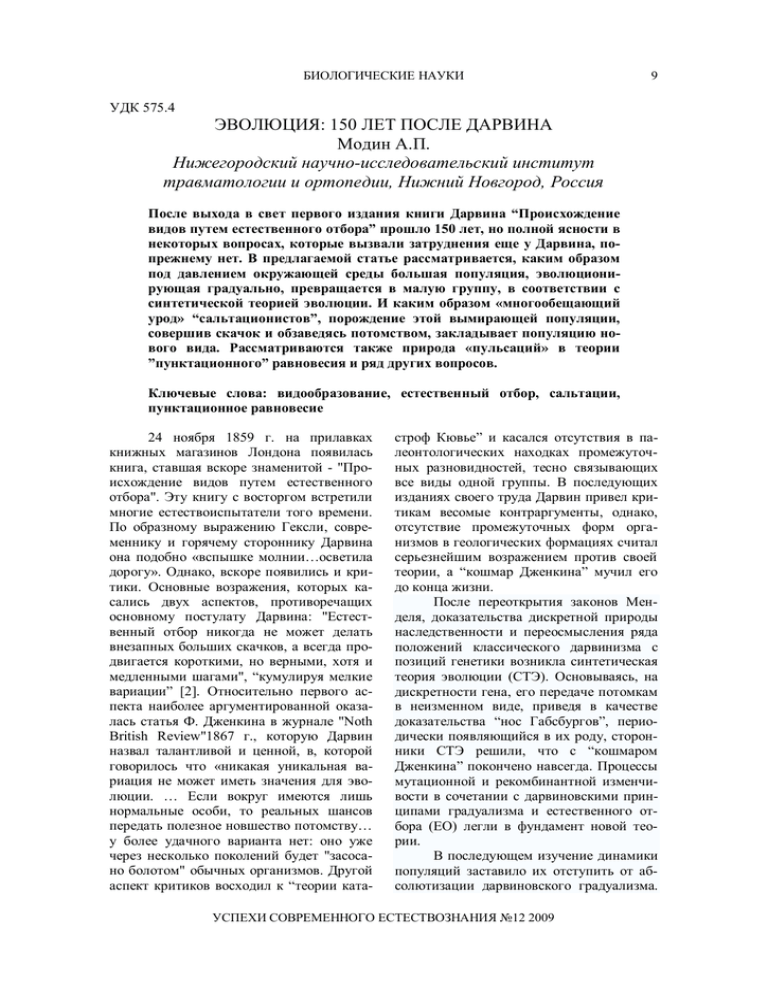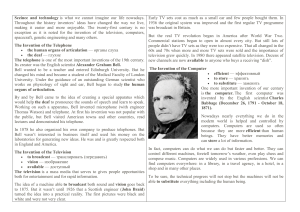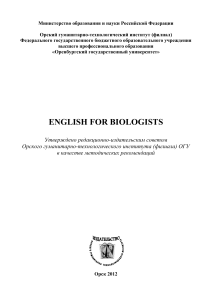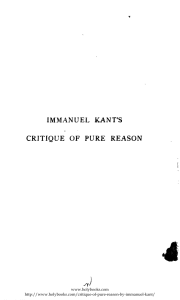ЭВОЛЮЦИЯ: 150 ЛЕТ ПОСЛЕ ДАРВИНА Модин А.П
advertisement

9 575.4 : 150 . , , “ ” 150 , , , . - , , , , « . » “ - ”, , - , . « » ” . : 24 1859 , , . , ” , -" - - , . ". , . - , - , « ». , . - , , “ ” . , : " , , - , ", “ , ” [2]. . British Review"1867 - ( , "Noth ). , , “ ”, , ., , , , « - ” , … ) . " " ( - . “ “ . - . … : - . 12 2009 10 [10], , - . , . , - . - . , , - - “ ” - . [7]: “ , . , - ”, . - , . - “ ” [7]. , , , , ; ; - , , , . , , : « …», [2]. , , - , ». - , . - « ». , - , , . [6]: “ , . – ) . – … , [9], ”. , , - : , . « - , . . , ( - - . : » , . : .. , “ ” (hopeful monsters), . , . , 12 2009 , 11 ( ), ; - . , , , “ ” . - , , . ,“ ” , - , “ ”, . . , , . . - “ - ”, , , . - . , , , – , - , , - . . - , . , ” . , - , , , ( ) , . , , , , [7], , , , , , . . “ “ - , ” [3]. ”, “ , - . ” , , , . , , . , - ”, , , - [4], . , “ ” - “ ? ”. , - . , . , , - , . “ ”, - , , . “ “ ”, ” ” [8], 12 2009 ‘ - 12 : ( , , ) - . . – , . [5], , , :“ … , , . ?” , [2]: “ , , , ”. [1], “ - . ” . “ , . - . - , ’ , , , , - , . . - – 1. , . , . , - , . . “ ” ( ), - , “ ”, - , , - , , . “ ” ”. “ , , “ . ’, , - . .– . 2. .: , 1969. -440 . .– .: , 1991. - 539 . 3. .: . 4. . .– ., 1996. 320 . . … // . – 2009.- 3.- . 10. . . .: , 5. : 1991. -286 . 6. ., ., . . //http://www.philosophy.nsc.ru /journals/ philscience/19_03/03_razumov/htm. 7. . . – .: . , 1948. -358 . 8. Eldredge N., Gould S.J. Punctuated equilibria an alternative to phyletic gradualism. In TJV schopf, ed., Models in Paleobiology, 1972. 9. Goldshmidt R.B. The Material Basis of Evolution. Yale University Press, New Haven, Conn. – 1940. 10. Huxley J. The modern synthesis. – London, - 2-nd ed. -1963. 12 2009 13 EVOLUTION: 150 YEARS AFTER DARWIN Modin A.P. Scientific Research Institution of Traumatology and Orthopedics Nizhniy Novgorod, Russia It was 150 years to the day since the publication of the first edition of Darwin’s book “The origin of species by natural selection”, but there isn’t, as before, full clarity in some questions which were troublesome even for Darwin. In suggested article the development of a big population is examined: it turns into a small isolate, under a pressure of environment, which evolves gradually, according to the synthetical theory of evolution. Moreover it is cleared up in what way “a hopeful monster” of “saltationists”, that is the result of an endangered population, having accomplished a transition and providing itself with posterity, lays the foundation of new species. Also the question of “pulsation” nature in the theory of “punctuated equilibria” is on the carpet as well as some other questions. Keywords: speciation, nature selection, saltation, punctuated equilibria. 12 2009


